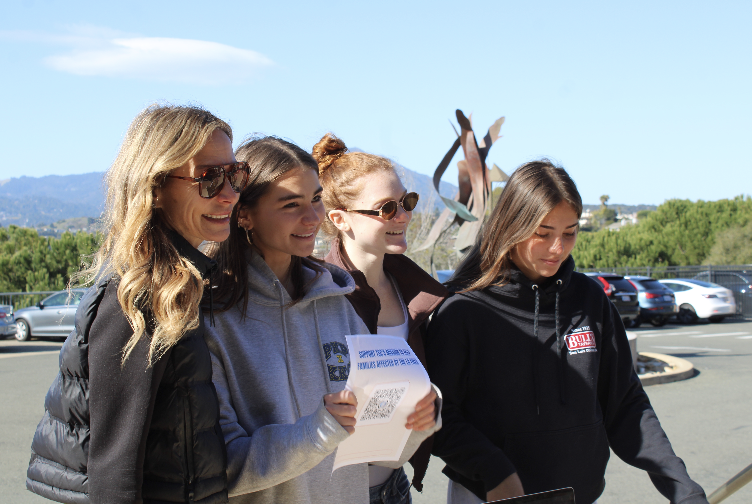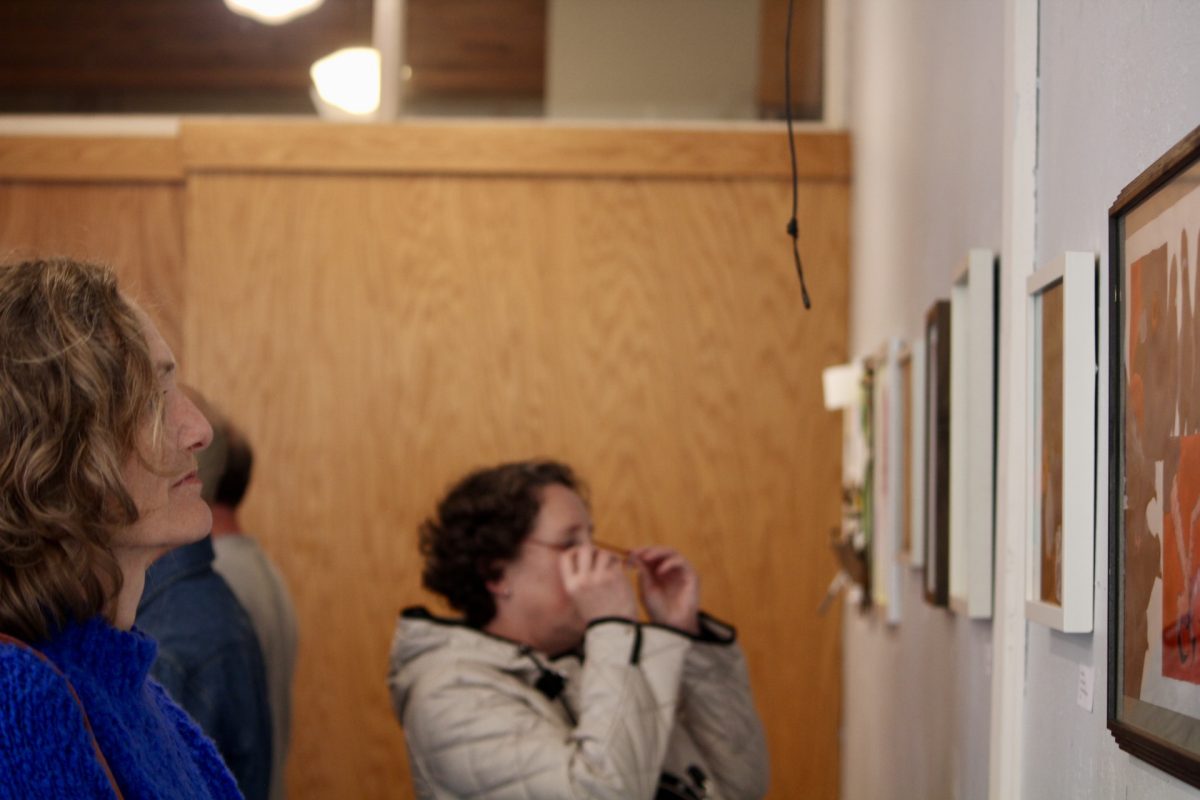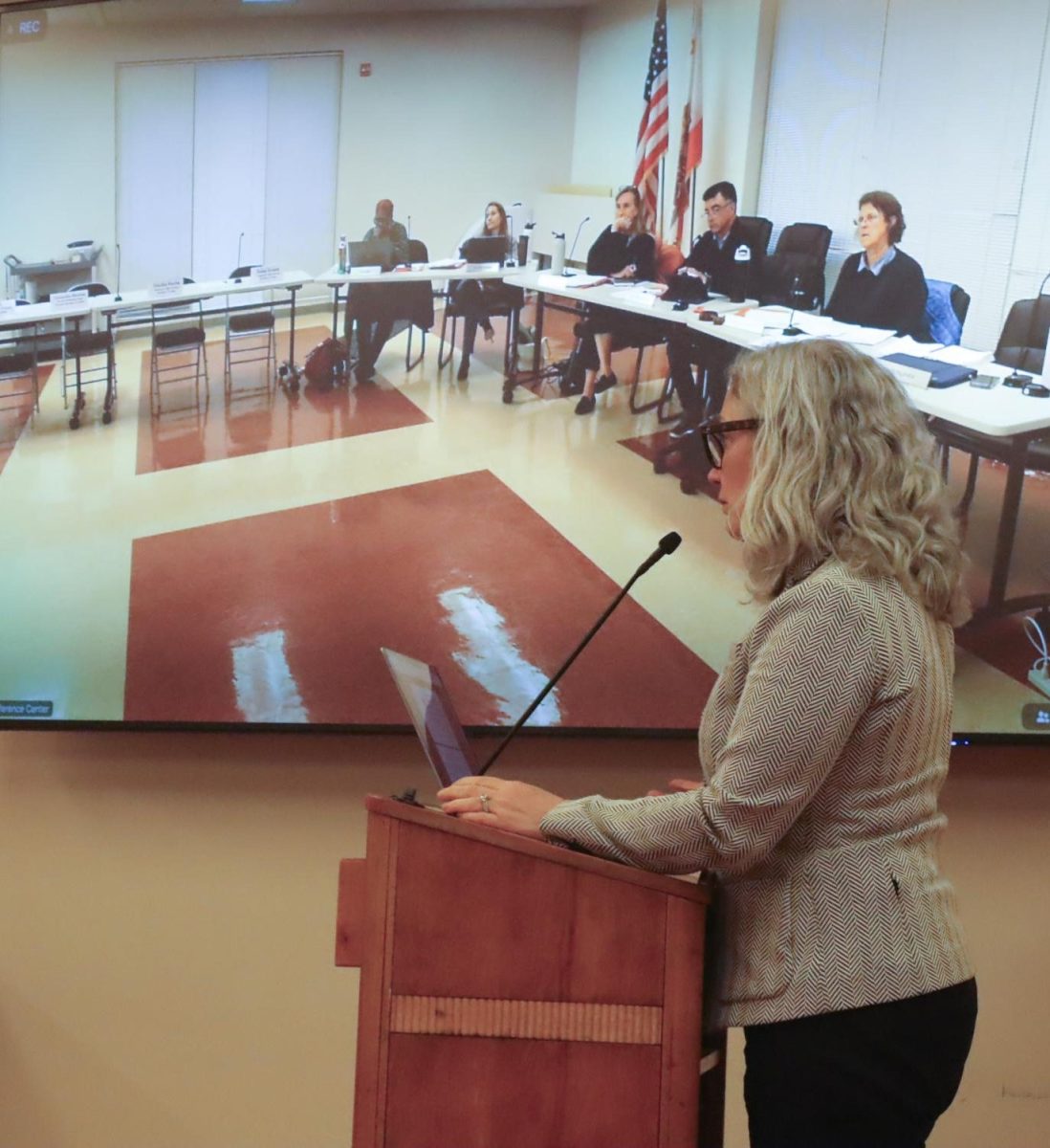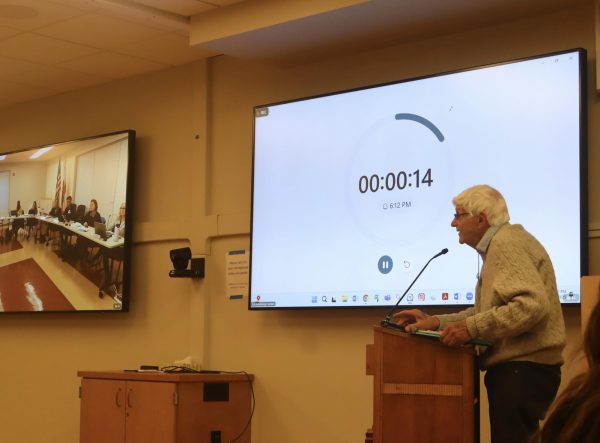A student-built haunted house at Drake High School was shut down Friday after a controversial doll was found hanging from the ceiling.
The doll, which had a black head and a white body, was hanging from a noose. The doll was intended to look charred, fitting with the haunted house’s theme of “Haunted Hospital,” according to district Superintendent David Yoshihara.
Controversy arose after people believed the doll looked like an African-American child, Yoshihara said.

According to Drake junior Zoe Brouillet, who is a member of the class that designed and built the haunted house, the doll was not intended to be racially offensive.
“Our intention was not to offend anyone or to be racist. We didn’t mean to hurt anyone and we deeply apologize,” Brouillet said.
The class that designed the haunted house was not a typical one-period class. Known as COMACAD (Communication Academy), students in the class take English, history, and digital communications in a three-period core style class, and sometimes work on larger projects. According to Brouillet, students in COMACAD had been working on the haunted house since the first day of school, spending time outside of school as well as in class.
Brouillet also said that students spent their own money to help create the haunted house and were waiting for the administration to refund them––they are now unsure whether they will receive reimbursement.
According to Brouillet, although students understood the circumstances, the decision to take down the haunted house was a difficult one for all of them.
“I know personally I walked into the room while they were tearing it down and it made me really sad to the point of crying,” Brouillet said. “I saw other COMACAD members crying because we worked really hard on this.”
The district shut down the haunted house out of fear of community outroar, according to Yoshihara. Yoshihara acknowledged that although students put significant time and effort into creating the house, the house needed to be shut down in order to avoid even more conflict and to address safety concerns.
Although Yoshihara was not on site when the decision was made, he said he would have responded in a similar way.
“On the one hand you have a very public image. You have some of the community who are very angry that this occurred. You have others who also know that students put a lot of hard work into this,” Yoshihara said. “I think that the way that the situation played out as it did, I probably would have done the exact same thing.”
According to Yoshihara, the next step in the process of dealing with the incident is for district staff to talk with people who were affected and people who were interested in what happened, including staff, parents, and other members of the community.
Yoshihara said that if the media had not been involved, decisions may have been handled differently. However, he sees the situation as a learning moment for the district in order to avoid future conflicts regarding race, religion, and other cultural differences.
“This is just an example of a racial one, but there certainly are religious ones that could be very sensitive to people and there certainly could be other instances where there is sensitivity to race and culture,” Yoshihara said. “Certainly it is unfortunate and I do regret that, but I think having conversations [with students and staff] will help.”
Brouillet believes that the incident highlights a lack of student awareness about race in Marin.
“I think it’s something that needs to be looked at more and something that needs to be considered more because it was something that I guess we just didn’t notice,” Brouillet said. “It was unintentional and it’s a sensitive topic to many people.”
Drake principal Liz Seabury was unavailable for comment.






